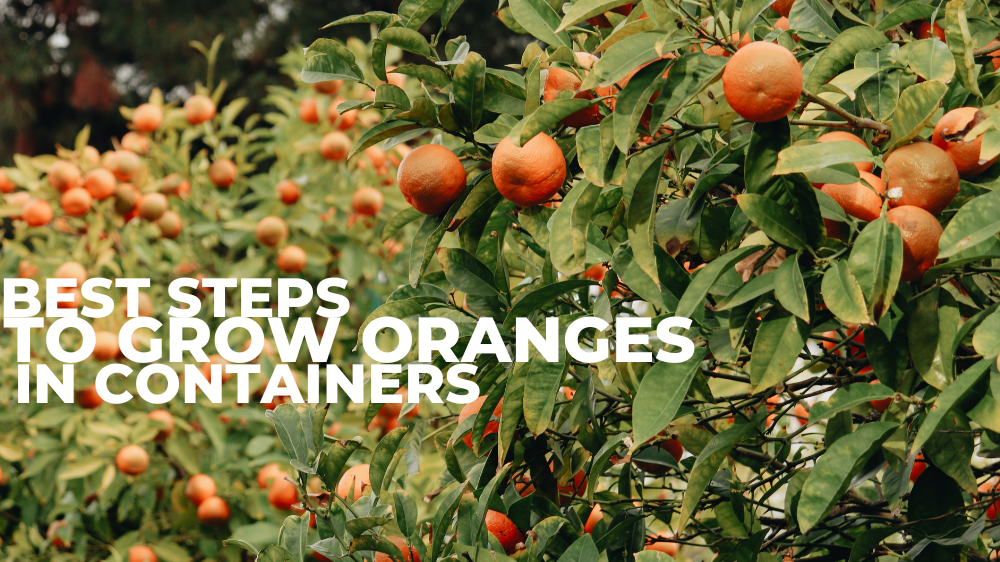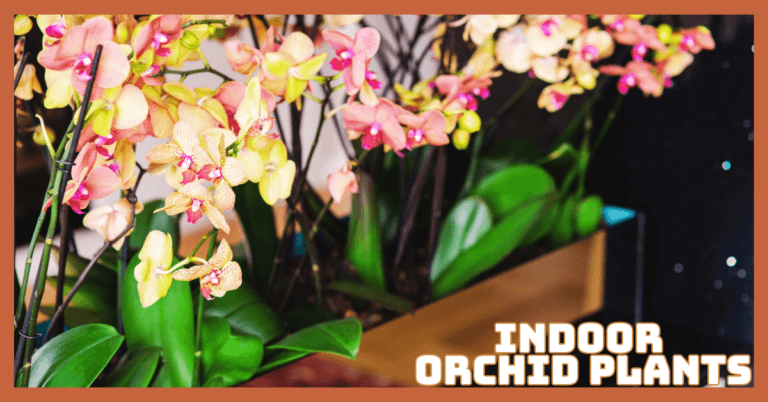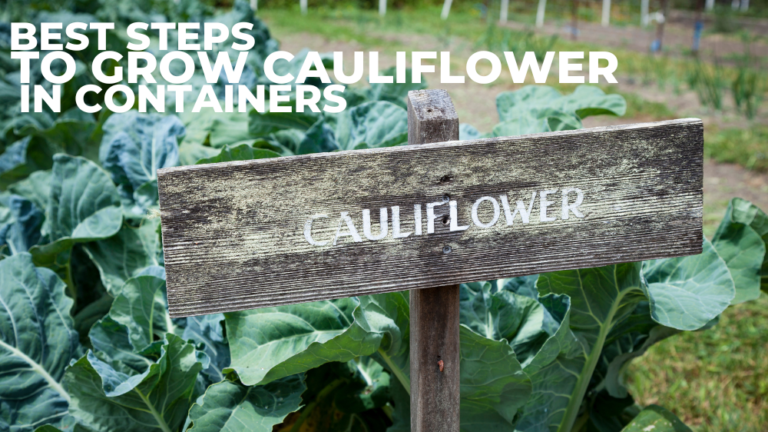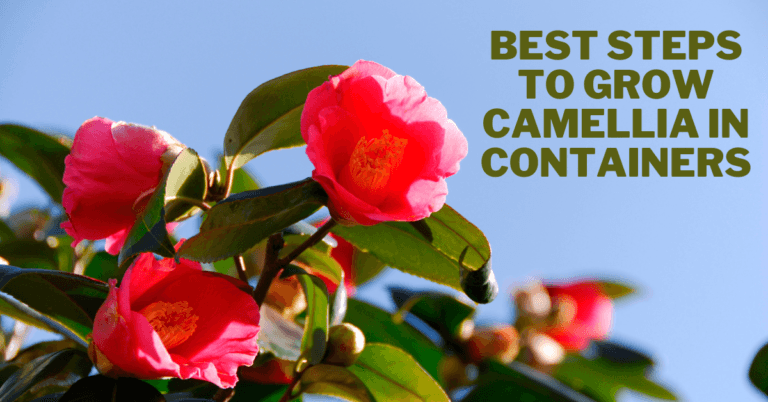Best Steps To Grow Oranges In Container
Best Steps To Grow Oranges In Containers
The tangy and sweet flavour of oranges is praised. Growing them in pots in cold climates allows you to grow them in confined areas like patios and balconies.
The fruity scent of flowers is also a bonus! Check out this guide on how to grow oranges in containers!
Origin Of Oranges
The fruit tree that gave rise to oranges first bloomed in the region that is now Southeast China in Asia.
The wild orange, known as the bitter orange in the scientific community, is small, sour, and almost inedible. It was never quite suited for human tastes.
Therefore, it's unclear whether the first breeder of oranges was drawn to the colour or had a keen eye for potential.
Whatever it was, we're grateful because that's how we got the sweet orange, which is the orange that made fruit bowls and soccer halftimes famous.
Genetic tests reveal that the sweet – and edible! – variety never developed in the wild. Instead, it was probably created in ancient China, where a pomelo and an early mandarin relative were crossed to create the plant.
As it turned out, that union was successful, producing hundreds of different kinds of oranges over time.
It didn't take long for the improved fruit to spread abroad and take root in the areas that make up modern-day Myanmar, Northern India, and the Middle East because nothing travels faster than good news (except perhaps terrible news).
The Moors took it up and used the tangy snack to fuel their westward advance through Europe.
And it didn't take long for the entire continent to succumb to orange fever. However, Spain experienced an exceptionally intense orange crush due largely to the nation's idyllic Mediterranean climate, which is practically made for growing the sweetest varieties.
Future conquistadors were among its many admirers on the Iberian Peninsula. They noted the orange's healthfulness, hardiness, and relatively long shelf life, making it a top choice for lengthy sea voyages.
While Ponce de Leon, who preceded Columbus, is credited with planting the nation's first orange tree just outside St. Augustine, Florida, it is claimed that Christopher Columbus brought the first orange to the Americas.
Other Spanish explorers transported the orange from Europe to South America, Mexico, and the United States West Coast.
This way, a fruit with no edible wild origins travelled the world before being declared the state fruit of Florida and the best component of any full breakfast.
Best Oranges To Grow In Containers
To grow oranges in containers successfully, you should know the best variety.
1. Dwarf Washington Navel Orange
This miniature orange tree was first cultivated in Florida, but the fruit was underdeveloped and failed to flourish due to the climate.
This Washington navel now thrives inside and outside in California, which was much more fertile than in Washington.
This succulent fruit is occasionally harvested in the fall and winter and is a seedless, simple-to-peel variety. One of the best varieties for indoor growing, this small tree produces the most giant oranges.
2. Mandarin Orange
Fruit from the Mandarin orange tree greatly resembles Clementine oranges. This particular orange is well-known for being a fruit that can be canned, but the new variety is juicy and sweet for salads and snacks.
The Satsuma tree, which is native to Japan, produces a variety of well-liked mandarin oranges because they are small, sweet, and simple to peel.
The tree is resistant to disease, and its white flowers add lovely ornamentation to any room with natural sunlight.
3. Valencia Orange
The thinner, smoother-skinned fruit of the Valencia orange tree, thought to have originated in China, is produced.
The oranges do contain seeds and are very juicy. If you have a juicer, you can use it to make orange juice or to add to any citrus cocktail drink.
These trees are among the toughest of all orange trees and have a high disease and pest resistance level.
Before other varieties of oranges became more popular over the past 20 years, this fruit was historically one of the most widely grown.
4. Honeybells Orange
It's difficult not to savour these mouthwatering fruits. Honeybells are one of the expensive oranges that are shipped across the United States and are only in season.
They are a delightful cross between a tangerine and a lovely grapefruit.
You must place an advance order to grow one of these trees. These are self-harvesting trees, so when the fruit is ready, it will drop off the tree by itself.
5. Blood Moro Orange
The highly ornamental Blood Moro orange tree produces a reddish-orange fruit with few seeds and a faint raspberry flavour.
This particular orange gets its colour from a substance called anthocyanin, an antioxidant that fights the free radicals that can speed up aging and cause cancer.
It makes a delicious snack but also excels in salads and as a plate garnish. The tree can reach a height of three to four feet.
Grow Oranges In Containers
Let’s get started to grow oranges in containers.
Time To Plant Oranges
Choosing the ideal location is essential for orange trees. Orange trees require a location protected from the wind and get direct sunlight from spring to fall. Some varieties can tolerate a little shade.
Unless you live in zone 8 or higher climate, you will then move your plants indoors during the winter into a greenhouse, sunroom, or another heated space.
Make sure to space the trees and rows on your property if you're growing more than one orange tree 16 feet apart.
Choose Containers For An Orange Plant
Plastic or polypropylene are examples of non-porous materials that make good choices. Since they are lightweight and retain moisture, moving pots inside and outside is simpler.
Unglazed ceramic, terra cotta, and wood containers are porous, making them heavier to move and requiring extra care to monitor soil moisture to ensure your plant doesn't dry out.
Avoid using nursery pots made of black plastic because they absorb and hold heat from the sun, raising soil temperatures to triple digits, which “cook” roots.
Because proper soil drainage and root aeration are essential for growing citrus in containers successfully, pots should have numerous drainage holes.
If a pot only has one hole in the middle, you might want to drill four to six additional holes evenly spaced around the outside.
Consider a planter with built-in casters, or place your container on a plant caddy if you intend to move it indoors and outdoors as the seasons change.
You can quickly move outdoors to take advantage of the sun's varying angles throughout the year.
Soil To Grow Oranges In Containers
Use a lightweight, high-quality planting mix designed for containers. Look for inorganic components that offer long-term drainage and aeration, such as perlite and vermiculite.
Peat moss, coir, coconut husk chips, and/or coarse sand are examples of larger-sized particles that aid in promoting drainage and aeration around the root system.
On the other hand, mixes that are entirely organic or have uniformly fine particles will quickly decompose and compact, reducing aeration, which is terrible for roots.
Add the aforementioned materials to such mixtures if necessary to adjust them by ⅓ to ½. A mixture of chemical wetting agents should be avoided as they may encourage the soil to stay overly moist.
Germination Of Oranges
For orange seeds to germinate successfully, they must be warmer than 70° Fahrenheit. Place the pots or containers naturally warmly, like atop a refrigerator, close to a water heater, or on a germination mat.
Wrap the pot in a sheet of plastic wrap to retain the heat, leaving the edges open to let any extra moisture escape.
Continue to moisten the soil mixture evenly, but let the top layer of the soil dry before watering it again.
When kept warm, most healthy Orange seeds germinate in 7 to 10 days, though some may require much longer.
Once the sprouts appear, remove the plastic wrap and relocate the pots to a west or south window that receives at least four hours of direct sunlight daily.
Plant Oranges From Cuttings
Take softwood cuttings measuring 6 to 10 inches from a healthy tree's first-year branch. Make sure no fruit or flower stems are attached when you cut them.
The bottom portion of the cutting should be cleared of leaves before its end is dipped in a rooting hormone.
Place the cutting in a pot filled with potting soil, space it 2-3 inches deep, and pack the soil tightly around it.
Water it frequently, letting the topsoil dry in between, and keep it in dappled sunlight. The roots will begin to show in 8 to 12 weeks. Place it in a pot 12 to 15 inches in diameter and keep it in full sunlight.
Plant Oranges From Seeds
Remove the seeds from the fruit and soak them in water for 24 hours to start an orange tree from the seeds.
Sow the seeds one-half inch deep in a pot with a diameter of 4-6 inches and potting mix inside. After planting, give it a good soak.
In 3–4 weeks, the seeds will begin to sprout. When the plant outgrows the old pot, move it into a larger pot (10–12 inches) and place it in full sun.
Temperatures
Temperatures that stay quite warm are necessary for orange trees. If you reside in a region with a colder climate and lack the necessary space for a tree of this size, you can grow a variety that won't grow taller than one meter.
However, you will need to grow it in a sizable pot. The three varieties suggested for growing pots are an Orange Mandarin tree, a Trovita orange tree, or a Washington orange tree.
Sunlight Requirements
The orange tree enjoys growing in full sun but also tolerates part of the sun. Fruits with a rich flavour should be grown in a sunny location that receives 5-7 hours of direct sunlight daily. Keep them near the south-facing window indoors.
Watering
Apply a citrus fertilizer immediately after planting your orange tree to aid in quickly adapting to its new surroundings.
Thirty seconds or so of watering will help the fertilizer dissolve in your tree. You can water once per week in this manner.
Even in the summer, you usually won't need to water more than twice or three times per week. It's time to water if the soil surface in the container feels dry to the touch.
Pruning
Pruning is necessary to control your plant's growth and to keep it in good shape. You can cut the shoots down to half their original length using sharp, sterile shears.
To ensure that the sunlight reaches the plant's center, remove dead wood and prune the interior to make it less cluttered.
Prune the plant in the spring, between February and April, if you live in a warmer climate. Trim trees in colder climates between February and March.
Fertilize Orange Trees
Utilizing orange fruit is necessary for fertilizing growing orange trees. Oil in the peel increases with more nitrogen fertilizer, while oil in the peel decreases with more potassium fertilizer.
Each tree needs to receive 1 to 2 pounds of nitrogen annually to produce edible oranges at a high rate.
Along with various micronutrients, fertilizer should contain potassium, phosphorus, and other elements.
Take a soil sample from the garden where the orange trees are growing to determine the appropriate fertilizer ratio if the older orange tree is not producing fruit in large quantities.
Additional fertilization is frequently applied once or twice a year by spraying the tree's leaves.
Re-potting
An orange tree should be replanted in the spring before it grows actively. A container should always be at least 25% larger than the previous one.
Carefully transfer the plant into the new container after removing it gently to avoid damaging the roots.
Additionally, remove any roots that have brown or wilted areas. Keep the plant in sunlight and give it plenty of water.
Winter Care
If you live in a cold climate, keep orange trees protected from the harsh winters since they prefer warm temperatures.
Bring the plant inside in the late fall and move it outside once the weather warms up in the spring.
Add shredded bark or grass clippings as a mulch to protect the soil's roots from the cold.
Winter watering should be less frequent.
Harvesting Oranges
Pluck the ripe oranges from the tree when it's time to harvest. They probably aren't ready if you try to pull them off the tree when there is no give, and they are firm, but it's time to harvest when they are slightly soft to the touch and easily come off the tree.
Keep in mind that cold weather can harm your tree, so try to keep it in a warm location all year long.
Only water a tree when needed because too much can cause root rot. The same is true for darkness; give your plant as much sunlight as possible.
Pests & Diseases Of Orange Plants
Here are a few of the most common diseases and pests.
Citrus Canker
All citrus trees are affected by this bacterial infection, which causes yellow lesions on their fruit, leaves, and twigs.
The severe infection may result in leaf loss, flawed fruit, and tree death. This bacteria can spread quickly on air currents, insects, birds, and other methods.
As a preventative measure, spraying the tree with a fungicide is the best way to eliminate the citrus canker.
However, you can't stop the spread of bacteria in most cases before the trees are destroyed.
Root Rot
This tree disease, also known as brown rot or collar rot, is brought on by a fungus in the soil. It results in brownish patches on the tree trunks.
The disease will gradually spread from these seeping patches, causing the bark to dry and crack. The fruit may also turn brown and decompose as a result.
Remove all leaves and any harmed fruit that falls to the ground if your plant has root rot. Make sure to prune the tree's lower branches down. At least 2 feet must separate each branch from the ground.
Greasy Spot
This fungus infection causes blister-like yellowish-brown spots on leaves, usually on the underside of the leaves.
You'll notice the blisters forming an oily appearance as it worsen and spread, which may result in significant leaf loss.
Removing damaged leaves can reduce the overall spore count and control greasy spots as best as possible. Then, a fungicide is applied to the tree.
Citrus Thrips
You'll see shrivelled leaf buds and curled, distorted leaves with this disease. Scabbed fruit with silvery or streaked colouring is another symptom of citrus thrips.
They are tiny, orange or pale yellow insects that enjoy eating developing fruit and leaves. The immature thrips emerge in the spring after the adult thrips lay their eggs in the fall.
Use a spray that contains spinosad to treat the trees. You might need to apply again every two to three weeks to eradicate the infestation.
Aphids
Aphids can seriously harm orange trees in growth by sucking the sap from the leaves. The signs of an aphid infestation are most evident on the lower leaves when there are numerous puckered marks and twisting of the leaves.
The underside of the leaves appears to be dripping with sap during the infestation. Fortunately, safe insecticides can control aphids rather than harmful chemicals. Make sure to spray on all exposed surfaces and the undersides of the leaves.
Citrus Whitefly
This 1/12-inch long, white-winged insect is typically found on the underside of leaves. You can see dozens of them take flight and flutter around the tree if you shake the branches.
On the underside of the leaves, citrus whiteflies lay their eggs, which later start to curl as they begin to suck the sap from the leaves.
The leaves will eventually develop a mouldy substance on them. Spraying insecticides on trees is the most effective way to eliminate citrus whiteflies.
Usually, keeping the population under control can be challenging, but netting the tree can be helpful.
Conclusion
Oranges are praised for having a sweet and tangy flavour. You can grow them in containers in cold climates and cramped areas like patios and balconies.
You can also move the containers indoors in the winter or in other bad weather. Having the flowers' fruity scent is also a benefit when growing them.
Feel free to comment here if you need help growing oranges in containers.
I trust you enjoyed this article on the Best Steps To Grow Oranges In Containers. Please stay tuned for more blog posts to come shortly. Take care!
JeannetteZ
>>>Please click here to read my all-inclusive article about Container Gardening<<<
>>>Are you interested in homegrown herbs and medicine? Please click here to find out more about it!<<<
Your Opinion Is Important To Me
Thoughts? Ideas? Questions? I would love to hear from you. Please leave me your questions, experience, and remarks about this article on the Best Steps To Grow Oranges In Containers in the comments section below. You can also reach me by email at Jeannette@Close-To-Nature.org.
Disclosure
This post may contain affiliate links. As an Amazon Associate and other affiliate programs, I earn from qualifying purchases at no extra cost to you. Read my full affiliate disclosure.
You might also enjoy these blog posts:
Best Steps To Grow Turmeric In Containers
Best Steps To Grow Saint John's Wort In Containers
Best Steps To Grow Milk Thistle In Containers
Best Steps To Grow Ginseng In Containers
Easy Steps To Grow Celery In Containers






















